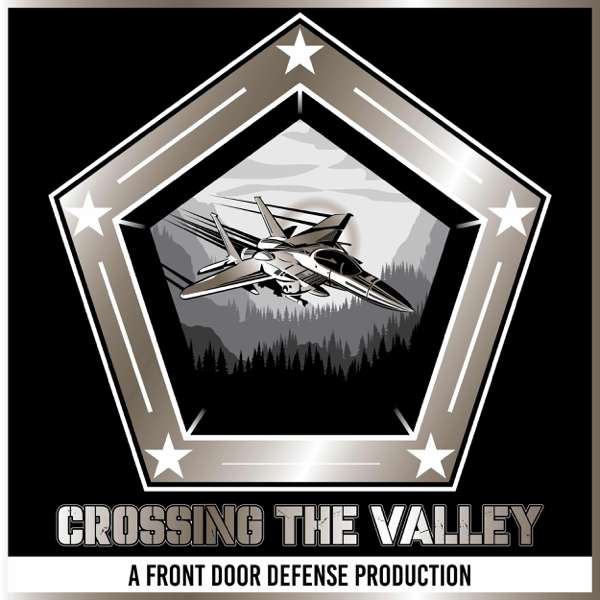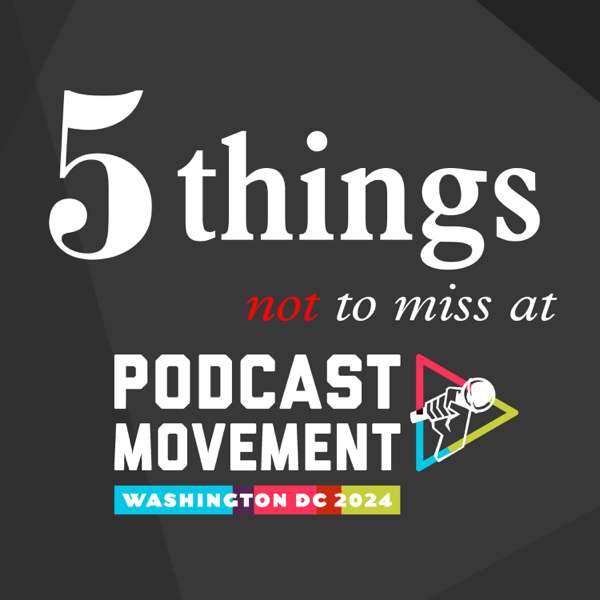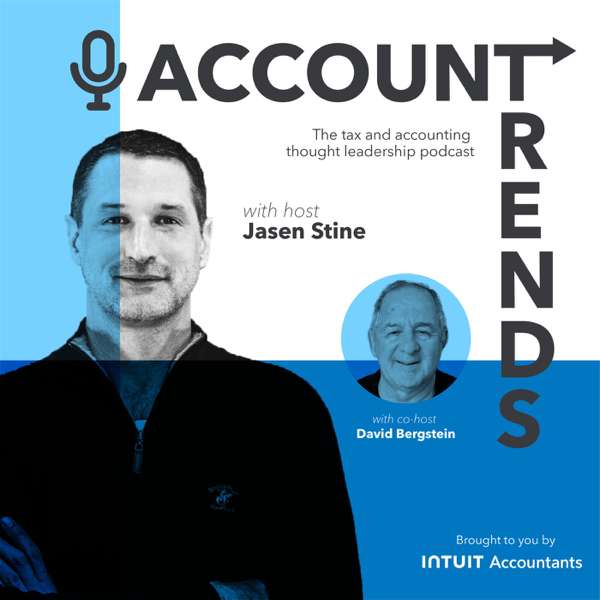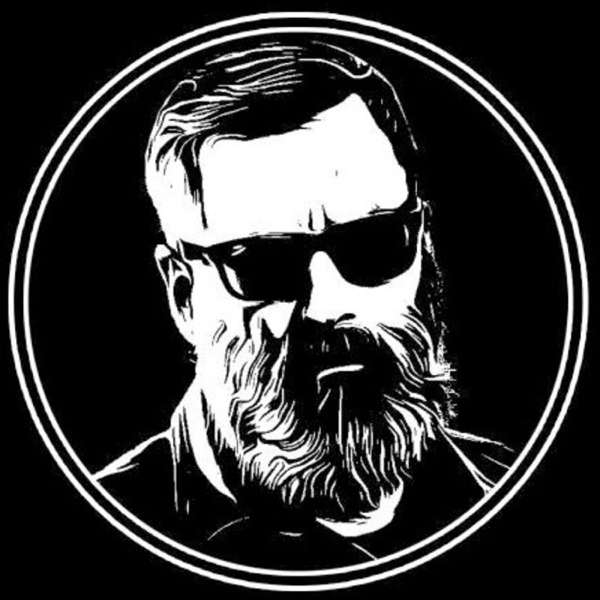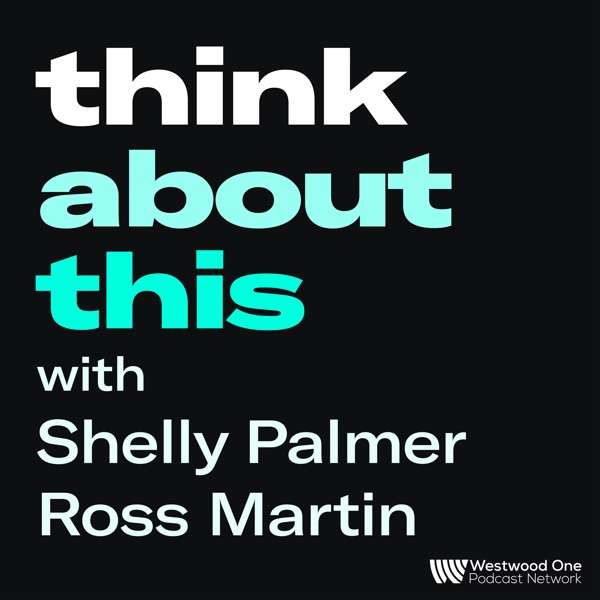Episode 154, August 18, 2014
Guest: Connie Terwilliger (and her class at San Diego City College)
0:02:02 Dan and George appear. They do an intro and thank sponsors.
0:04:00 The George meets Dee Snider story.
0:05:33 Questions from the audience. Q: What’s the difference between peak and RMS
normalization? A: George discusses. There are two ways to measure levels in an audio file.
0:07:10 George puts an example from Twisted Wave up on screen.
0:09:38 Q: What do you think of this audio sample?
0:10:44 Listen the sample.
0:11:30 A: Levels peaked at only 12.
Dan said it sounded like he was in a tube. The sound in
the booth needs to be damped. Listen with sealed headphones to make sure edits are
seamless.
0:13:21 Q: Is radio/TV imagining different from VO? A: Dan says it is VO, but it’s a very
different, VERY competitive marketplace. Image and promo have a unique style.
0:16:09 Break
0:17:12 Spongebob promo.
0:17:25 They’re back.
0:18:12 Q: There’s been TMAX
1 headphone chatter. How can you read the specs to
compare? A: George says accurate specs are hard to get and don’t matter that much with
headphones. You have to try and return if not right for you. Check out
http://www.headphone.com/ and http://www.headphones.com/ headphone.com has a
comparison feature. Another place to look: http://www.gearslutz.com/board/
0:20:08 George reads reviews about headphones before deciding which to try out.
0:20:41 Dan talks about his use of headphones. You need a quiet room with good monitors
gives a more truetolife
rendition.
0:21:32 Q: Jimmy has just set up his personal studio. What can he use to hold his laptop?
George has a music stand at his website, http://vostudiotech.com/amazon/ for about $50.
0:23:25 Dan has a secondary monitor on the wall.
0:24:19 Tip of the Week: How to improve auditions technically.
0:25:26 Dan’s standard practices:
Record at the proper level
Record in mono, one track
Slates: don’t slate if they don’t want them, if they do, keep it simple.
Leadin
time: half a second.
Clean things up. Get rid of of clicks and pops
Processing: use a little compression, but keep it natural
Focus on being yourself.
0:27:35 Dan comments after the video.
0:28:50 Break
0:29:50 Whence came these two radiant celestial brothers—one from the east and one from
the west!
0:30:06 They’re back, with Connie Terwilliger and her class at San Diego City College.
0:30:53 Dan asks Connie for her view of the VO industry today.
0:31:40 Connie says everything and nothing has changed.
0:32:25 In the old days, Connie didn’t have to market. She’d “network” with lists her agent gave
her. After a break in her VO career, she reentered
the VO world. She set up her websites:
http://voiceovertalent.
com/ and http://corporatevideo.com/ back in the 90’s. She set up a studio
at home, with ISDN, and she had to learn the basics of editing. She doesn’t like negotiating. To
set a price you need to know the shelf life and eyeballs—how long and how many? What’s the
client’s budget? Serious marketing is part of the biz now. Even with agents it’s different.
0:37:20 She’s noticed in the last year that she’s doing more work at other people’s studios and
getting cast more off her demos again. It’s hard not auditioning what isn’t right for you.
0:38:42 Dan comments on the role of demos in getting cast. He’s noticed people finding your
demo online get work.
0:39:14 Connie talks about how internet searches can be targeted specifically, so you need to
have specific demos.
0:40:05 Connie talks about website optimization as part of the VO job. She goes on to describe
her class at SDCC.
0:42:38 Connie talks about her background, starting in college radio. She wrote PSA’s for the
station. She went on to grad school where she did TV and radio. After school, she moved to
San Diego and got a job in TV and did live staff announcing.
0:45:26 And now, as a talent, you’d have to negotiate for what to charge for this kind of work.
0:46:03 Dan shifts gears to ISDN. Connie discusses what ISDN is.
0:48:00 Connie’s ISDN cost is around $50 a month, but elsewhere, as much as $600 a month.
It’s going away. Copper is being replace with fiber.
0:48:34 George talks about his discussion with the developer of SourceConnect about how
there’s no direct replacement for ISDN. Still it’s difficult to have ISDN if you don’t have it already.
0:50:30 George says ISDN gear is for sale on eBay and the price is dropping.
0:51:49 Harlan Hogan time! http://voiceoveressentials.com/
0:55:02 Now it’s time for questions for Connie: Q: If you live and work in San Diego, how much
do LA clients insist that you go up there. A: She doesn’t have agents in L.A. for that reason. It’s
hard to get away and go up there. If you live in Orange County, you could pull it off if you’re not
working full time. The commute eats up too much time.
0:58:02 Q: What is the most mistake newcomers make? A: Not understanding their own voices
and where they fit in the continuum from notsogood
to great, to understand if they have the
potential to make money in the business. You have to be competitive.
0:59:57 Q: Who did your demo or did you do your own? A: She does her own these days.
Connie explains. She feels she’s hit a plateau with auditioning. She continues to get work from
repeat clients, but not from auditioning. She’s going to go to a coach for a tune up.
1:02:25 Connie describes the “long tail” to graph VO work. There’s a small area with lots of
dollars, a large area with smaller and smaller dollars. George describes how much content is
out there.
1:04:00 George poses the question: “Are there more working actors than work?”
1:05:10 Q: How many agents do you have and how much work do you get from them and do
you use paytoplay
sites? A: About eight send her regular work, and she has innumerable other
places where her demo is parked, but only occasional work from them. She doesn’t do
paytoplays
anymore. She’s on the site at Voice123, but no longer a member.
1:07:21 Connie discusses the paytoplay
world. You have to understand as a newbie that
you’re not right for everything thrown at you.
1:08:37 Connie says the key is LISTENING—to any voiceover.
George talks about the analogy
with music. Always listen, listen to other performers.
1:10:38 Q: Is there a virtual option for Connie’s class? A: No. Her class is 16 weeks long.
1:11:22 Q: What’s the most important thing to focus on with a script? A: Connie tends to read it
aloud to figure out demographics, check specs, and then she goes for it. You need to
understand what you’re selling and to who.
1:13:02 Q: Are there videos or book on your exercises at your websites? A: Most VO books
have a section on warmups. Connie talks about experimenting with tongue placement.
1:15:47 Break
1:16:28 They’re back after Larry Davis’ Morgan Freeman making water spot.
1:16:45 Q: What about cardioid mics? A: Most of us use a good cardioid condenser mics.
Shotgun mics are used, too. George uses an AT875R, which is a good starter mic. They reject
more background sound.
http://www.audiotechnica.
com/cms/wired_mics/cae8c23cfe000574/index.html A large
diaphragm mic will pick up more sound around. He says you can buy either or both for under
$200 each.
1:19:52 Q: How many who go into VO compared to how many make a living? A: After what you
know what the business is then you can tell. Don’t ask your mom or best friend how you’re
doing. You want a truly objective opinion.
1:21:50 Connie talks about the Edge Studio weekly contest. You can listen to everybody else’s
recordings, hear issues, and learn from that. http://www.edgestudio.com/scriptcontests
1:23:06 George adds that for $27 you can have a sample audio evaluated for performance and
technical issues. Edge also has scripts.
1:24:22 Dan and George talk about what they’ll be doing at Voice2014.
1:25:42 Thanks to donors. Become a recurring donor!
1:26:37 EWABS Clickers! Last chance to order before they go off to California.
http://www.ewabs.net/
1:27:14 EWABS Essentials—work in progress. See gems from past EWABS shows at the
YouTube channel.
https://www.youtube.com/watch?v=FSdw5Ry09A0&list=PLDHBaemlTK_T7XgGnPiTq9zcc7Yc
VuZH
1:27:59 Next week, Aug. 25: Social Media Roundtable, with social media savvy VO actors.
1:28:50 Labor Day: No show. On Sept. 8, the show recorded at Voice2014 will air.
1:29:42 Sept. 15, the Fan Roundtable.
1:30:03 Thanks to sponsors: Edge Studio, Harlan Hogan, VoiceOver Xtra. Like us on
Facebook, follow us on Twitter, subscribe and like the show on YouTube at
https://www.youtube.com/user/ewabsshow
1:31:16 Check out EWABS podcasts at iTunes and Stitcher.
1:31:51 Thanks to wives and families! And the staff: Kathy Curriden, producer; Anthony Getting
for the chat room; Jack de Golia, show logs; Tim McKean for EWABS Essentials, and Lee
Pinney for the podcasts.
1:33:56 End of show.

 Our TOPPODCAST Picks
Our TOPPODCAST Picks  Stay Connected
Stay Connected


